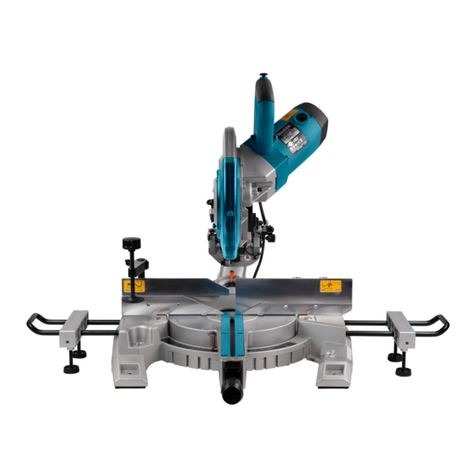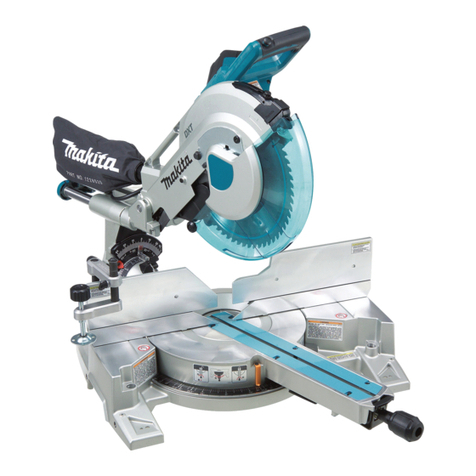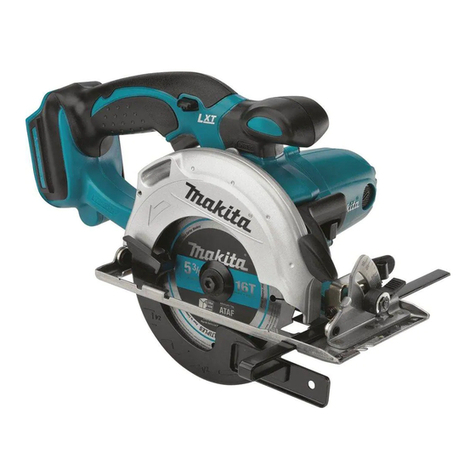Makita LS002GZ01 User manual
Other Makita Saw manuals
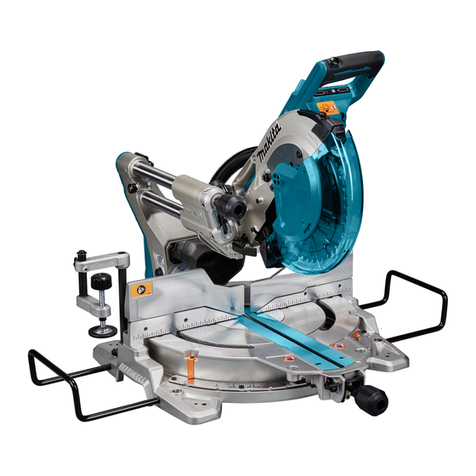
Makita
Makita DLS110 User manual
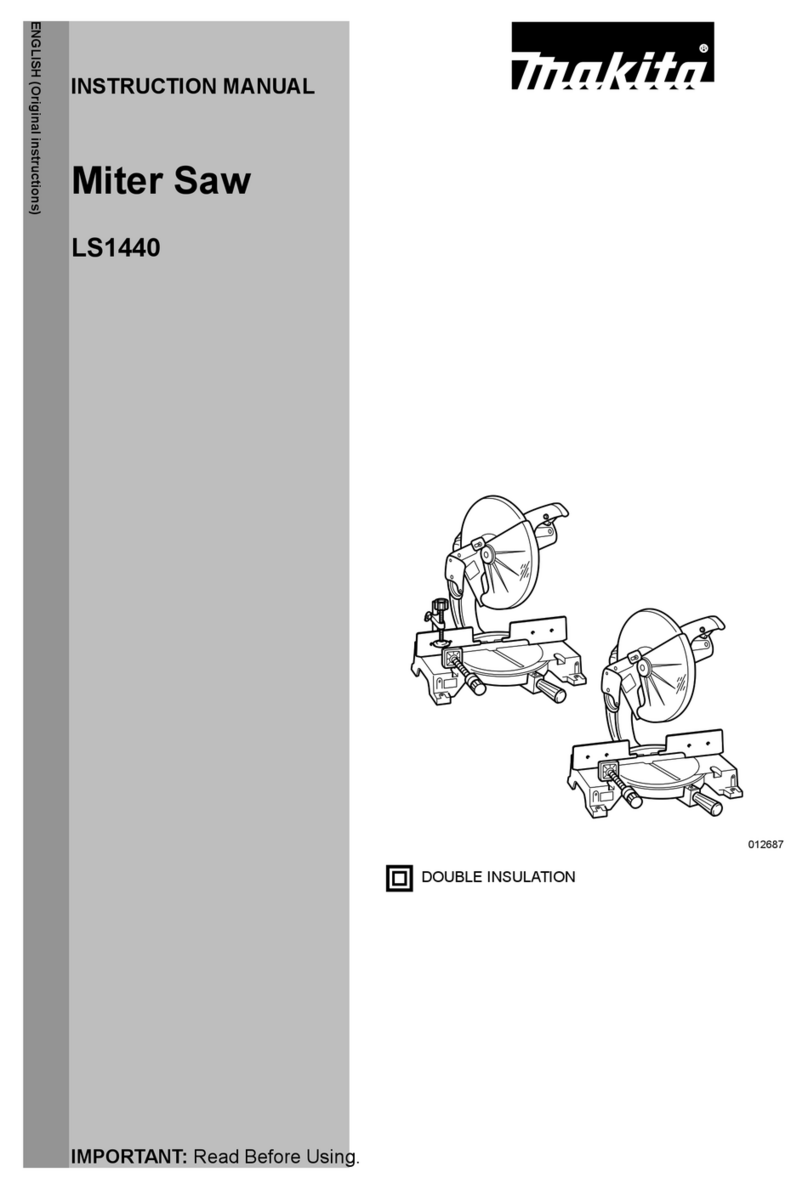
Makita
Makita LS1440 User manual
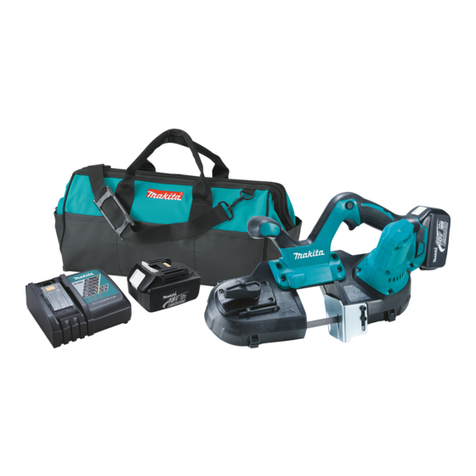
Makita
Makita XBP01 User manual

Makita
Makita HS004G User manual
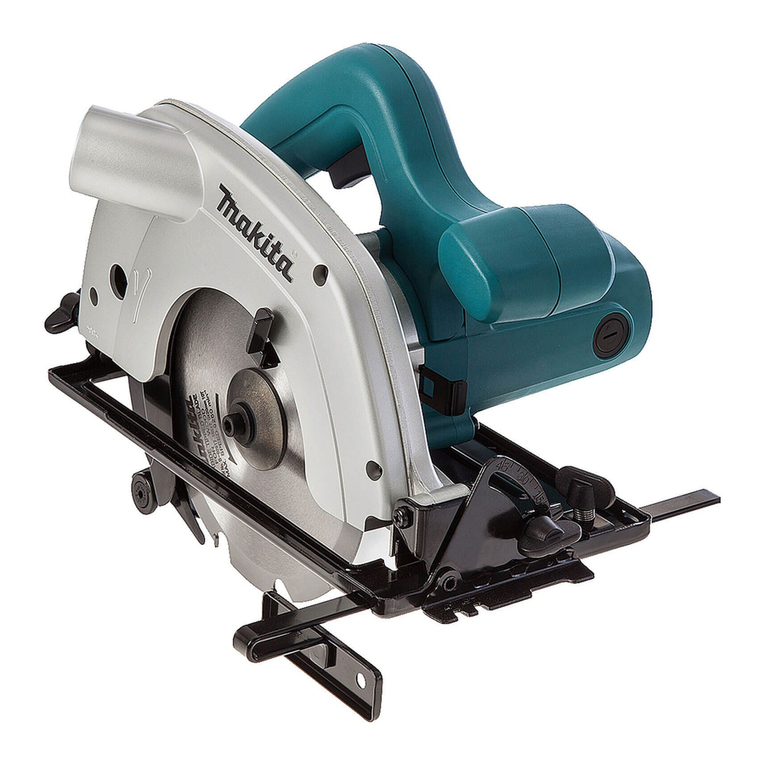
Makita
Makita 5604R User manual

Makita
Makita BJR181 User manual
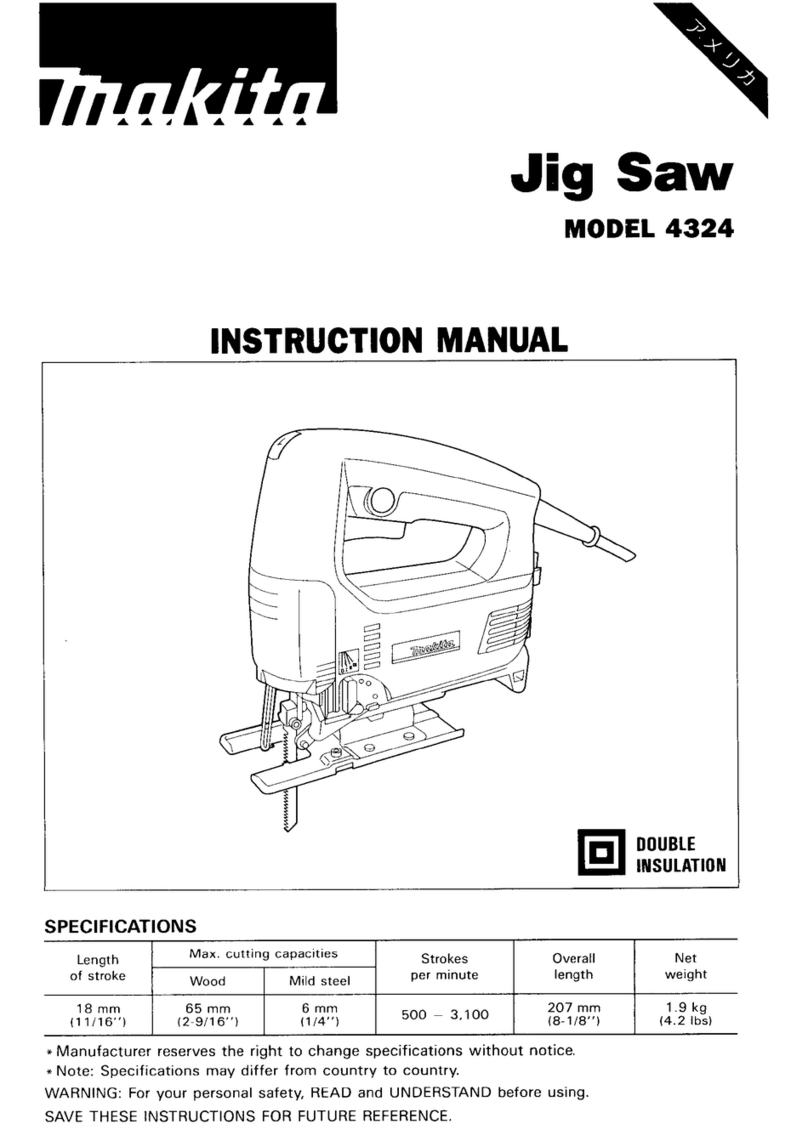
Makita
Makita 4324 User manual

Makita
Makita MLS100 User manual

Makita
Makita LS1018LN User manual

Makita
Makita M2400 User manual
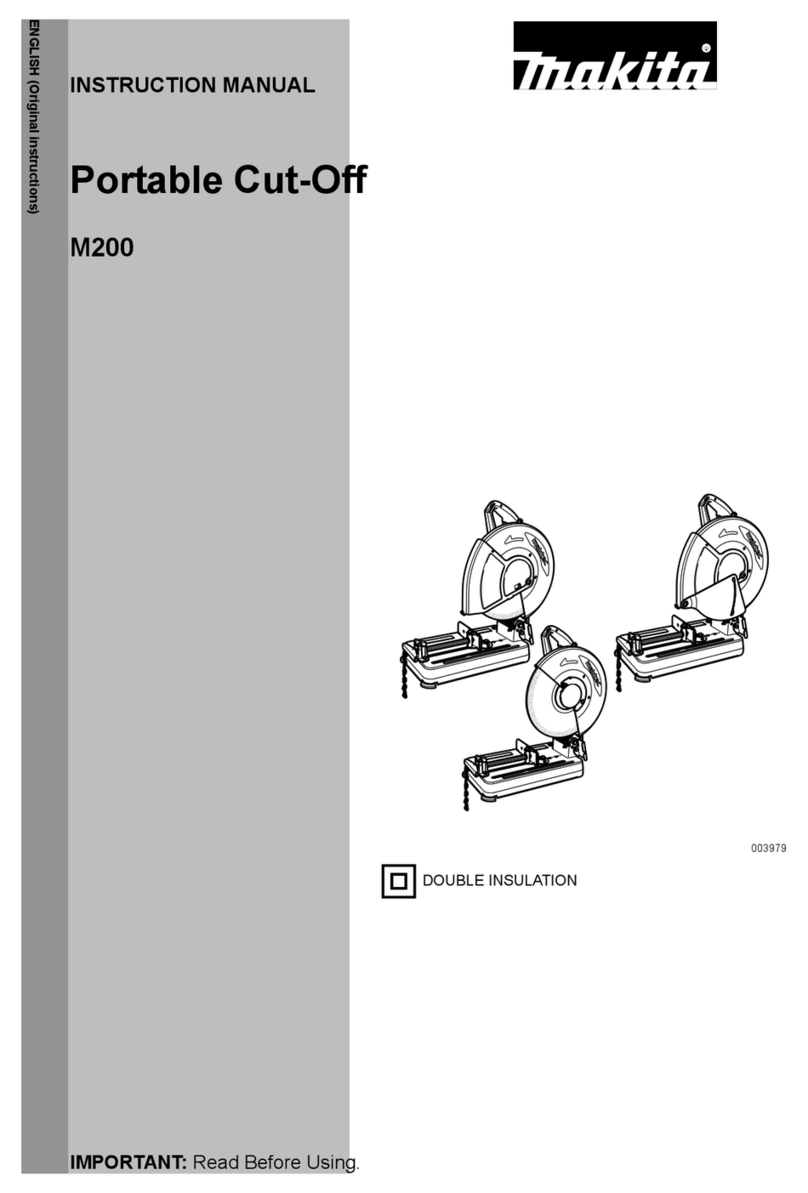
Makita
Makita M200 User manual
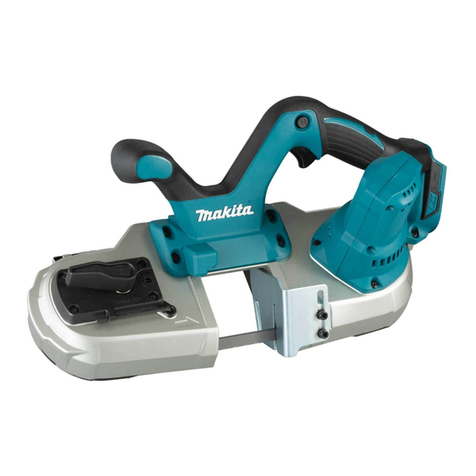
Makita
Makita DPB182 User manual

Makita
Makita JR1000FT User manual
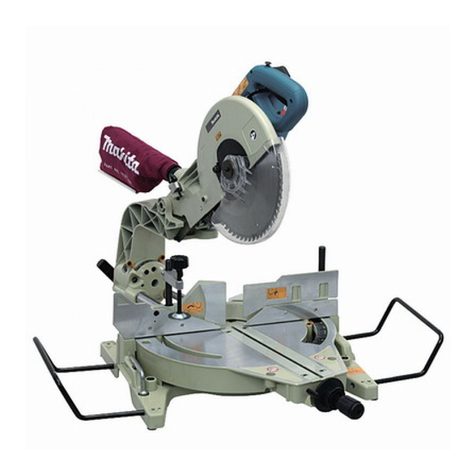
Makita
Makita LS1214 Quick start guide

Makita
Makita 2107F User manual
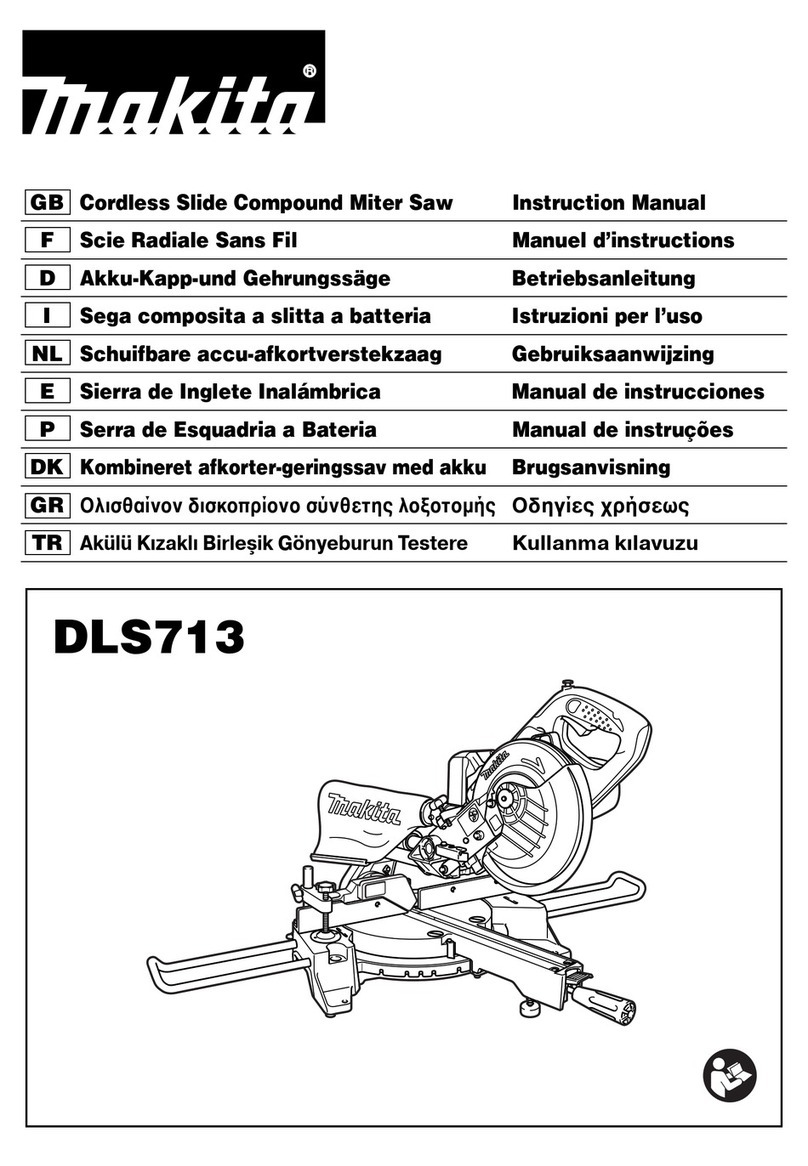
Makita
Makita DLS713 User manual

Makita
Makita LS1018L User manual

Makita
Makita DJR181 User manual
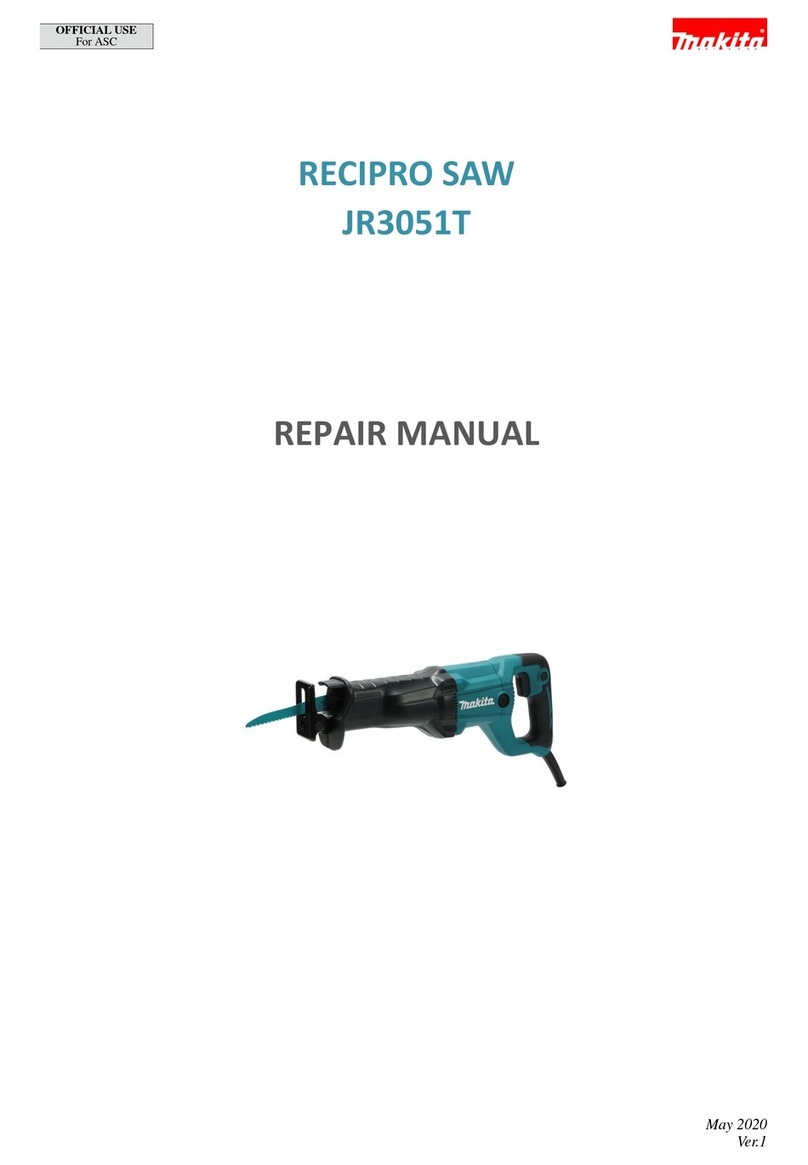
Makita
Makita JR3051T Operating instructions
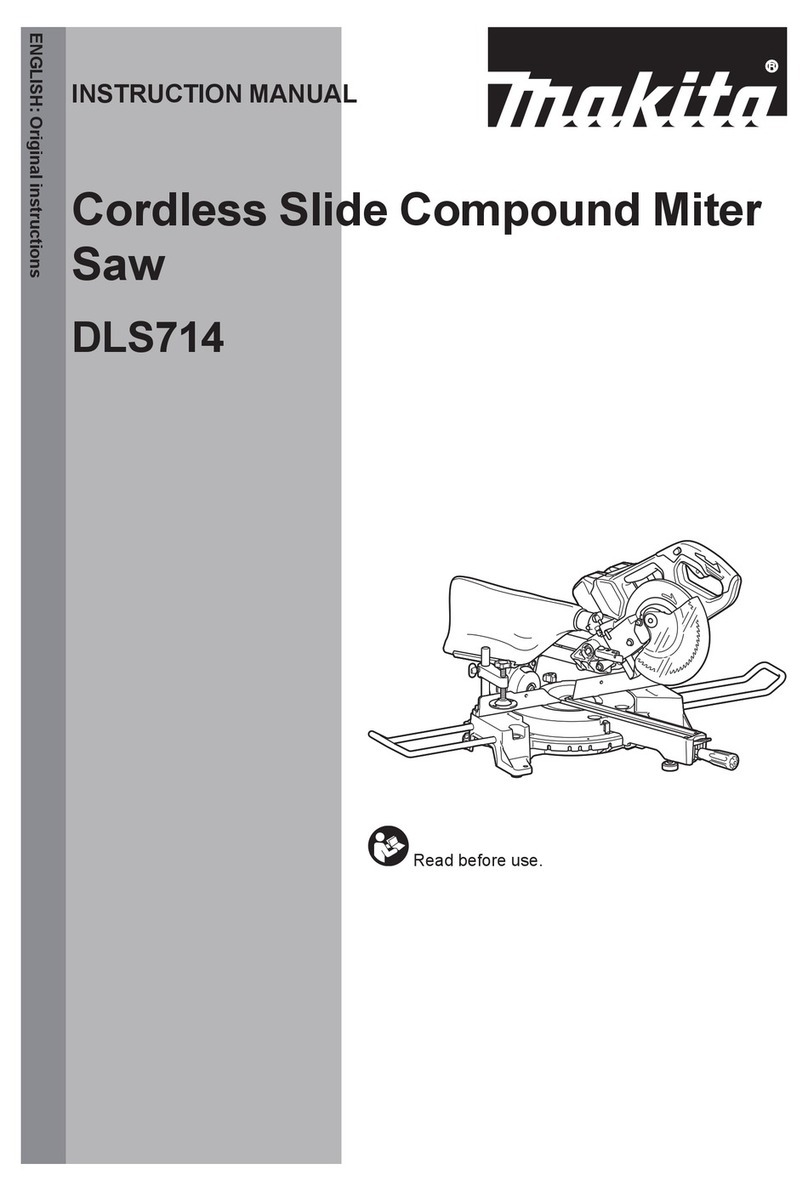
Makita
Makita DLS714 User manual
